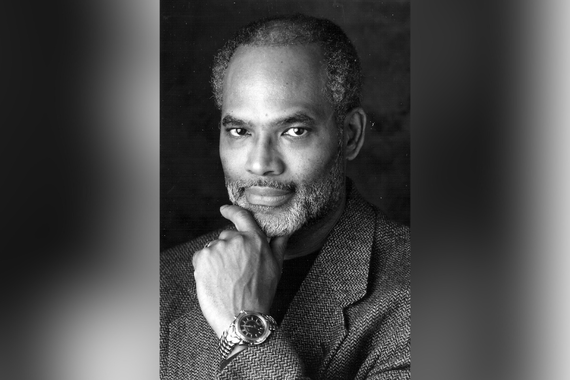On Purpose: Portrait of the Human Rights Program

Our goal, ultimately, is to mobilize knowledge to advance human rights.
The work of the Human Rights Program is represented here through a series of boxes, geometric patterns that allow us to visualize complex human rights problems. Each box in this photo contains a data point, an actor on a strategic map, or a human being living in tiny box-like shelter in a refugee camp halfway across the world.
Our students—represented here by two Master of Human Rights students, Thiri and Ivan, and an undergraduate, Layla— use the analytical skills they develop in our degree programs to determine the causes and complexities of human rights violations. Then they apply what they learn in an effort to end violence and discrimination, to promote social justice, and to ensure fairness and accountability.
Hundreds of CLA students and faculty are working on human rights problems. We work with any and all information, including news accounts, reports, interviews, photographs and even satellite imagery to understand situations like the one represented in this photo, concerning the Rohingya refugees who fled genocidal violence in Myanmar.
With human dignity, equality, and fairness at the core of our research, teaching and outreach, we are training the next generation of human rights leaders.
Using the information, we “map the terrain” of a human rights situation with ‘boxes,’ an array of post-it notes, each of which represents an individual, group or institution with a direct or indirect relationship to the violation. This process helps us to understand where, in this map of human rights actors, we can leverage pressure to make positive change.
Another type of ‘box’ is reflected here in the aerial view of the Rohingya refugee camp in Bangladesh, showing the size of the catastrophe on the ground. We can further zoom in on the ‘boxes’ on the ground—in this case, makeshift shelters within a refugee camp—where can see firsthand the human impact of the violations taking place. We gather data from these kind of sources and categorize it in a spreadsheet, more ‘boxes’ from which we can use quantitative analysis to learn about human rights in a different way, assessing patterns that might reveal new knowledge about the violations and advocacy strategies to prevent them.
We harness the abundant skills and curiosity of our human rights community to push for human rights change.
Photo credit (aerial): Paula Bronstein, photojournalist, from “The Rohingya: Exodus to Bangladesh 2017”
Photo credit (ground): John Owens, Voice of America (VOA), Kutupalong Refugee Camp in Bangladesh, 2017


